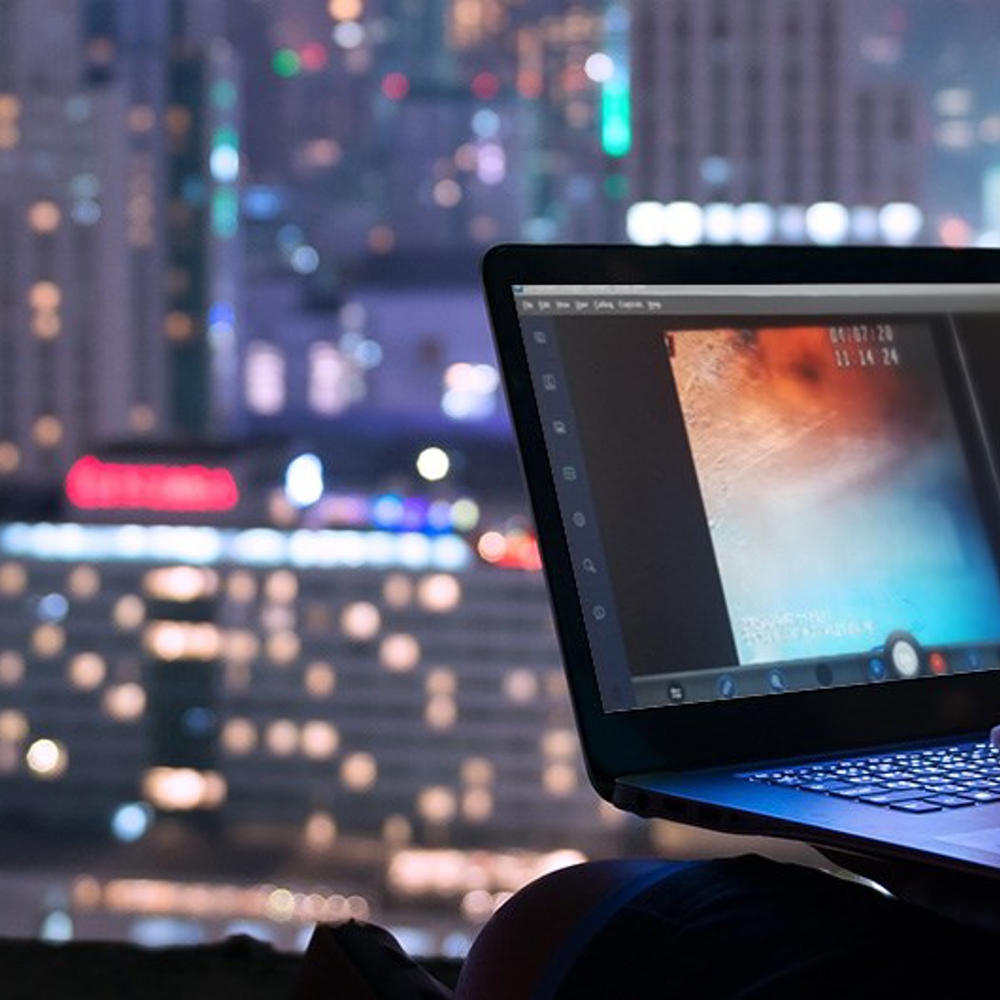Throughout the COVID-19 crisis, ship operators have faced challenges in maintaining valid class and statutory certification, with surveyors and flag inspectors, and their own shore-based staff, unable to attend vessels for surveys, inspections and audits. But rapid adoption of remote technologies has demonstrated that surveyors can direct crew onboard and make better informed decisions, maintaining the highest technical and safety standards, while allowing world trade to continue unimpeded.
The importance of remote survey methods has really come into focus over the last six months, with operators protecting their crews from possible infection and surveyors physically unable to reach vessels. Fortunately, remote survey is not new to LR and our surveying teams credit thousands of jobs remotely every year, typically based on a combination of static data such as photos and service engineer reports.
Of course, static data has its limitations. Therefore, the introduction of LR’s new live-streaming video-audio tool, LR Remote, is a real step forward by providing an improved perspective onboard the vessel and enabling a broader range of surveys to be completed remotely. This has been absolutely essential during this period of disruption, and invaluable to a number of stakeholders throughout the industry – not just vessel operators, but also flag administrations and other regulators.
In one particular instance, a vessel operator reported the development of a crack in the superstructure deck. This had been identified during the last sea passage and the operator requested LR undertake a remote inspection in conjunction with surveys for Special Survey postponement. Utilising its well established governance structure to support this type of request, LR was able to identify the items to focus on to enable the postponement using its remote survey methodology.
The through-thickness crack that had developed was a substantial length from the side of the vessel to the inboard termination, following an erection seam from new build. The gap that had formed between the plates was also significant.
The LR Remote app, which was easy for the ship’s crew to download and setup on either the vessel’s V-sat enabled LAN network or the domestic 4G coverage, provided a much more thorough examination of the defect than would have been achievable with static photos. It was possible to identify the start and termination points, and explore above and below deck, to identify distortion in other structural members that would need to be rectified as part of the permanent repair.
This process of planning for permanent repair was particularly important to the operator – not only to identify the steps to be followed, but also to understand the classification requirements. Indeed, when this type of conversation is facilitated remotely, it is significantly enhanced by having a live video-audio stream – so you can talk through the repair in detail while viewing the damage and marking up the steel as you go. All of which helps ensure repairs can be undertaken as efficiently and effectively as possible, minimising any further downtime for the vessel.
At this point it is important to mention the safety considerations. LR provides clear recommendations to our clients on performing remote surveys in a safe manner, and always discusses this with the client in the kick-off meeting before inspections have commenced.
The survey was also able to continue using the LR Remote app for the general examination of items on exposed and partially-exposed decks. Again, the ability to direct the crew member onboard was key to enhancing the survey. Where previously static photos would have been provided to indicate overall condition, the live video-audio stream now enabled instructions to be relayed in real time, focusing in on specific areas of interest. For example, by gaining detailed views of windlass chocking arrangements or coaming, packing and cleat condition for hatches, a true ‘general examination’ equivalent to physical attendance can be supported – which is, of course, a pre-requisite for remote survey method acceptability.
Overall, this example, and the many others before and since, have proved the incredible value of remote survey tools when used in a safe manner and in the right application.
This is a real watershed moment for the industry. All stakeholders now recognise that investment in solutions to enable remote surveys throughout vessels, from the bilges to the fore mast, will be key to keeping trade moving in the future, whatever challenges we face.
With our new LR Remote solution, LR is preparing for that future, and is continually investing in, and adopting, advanced technologies to keep vessels trading around the world.







